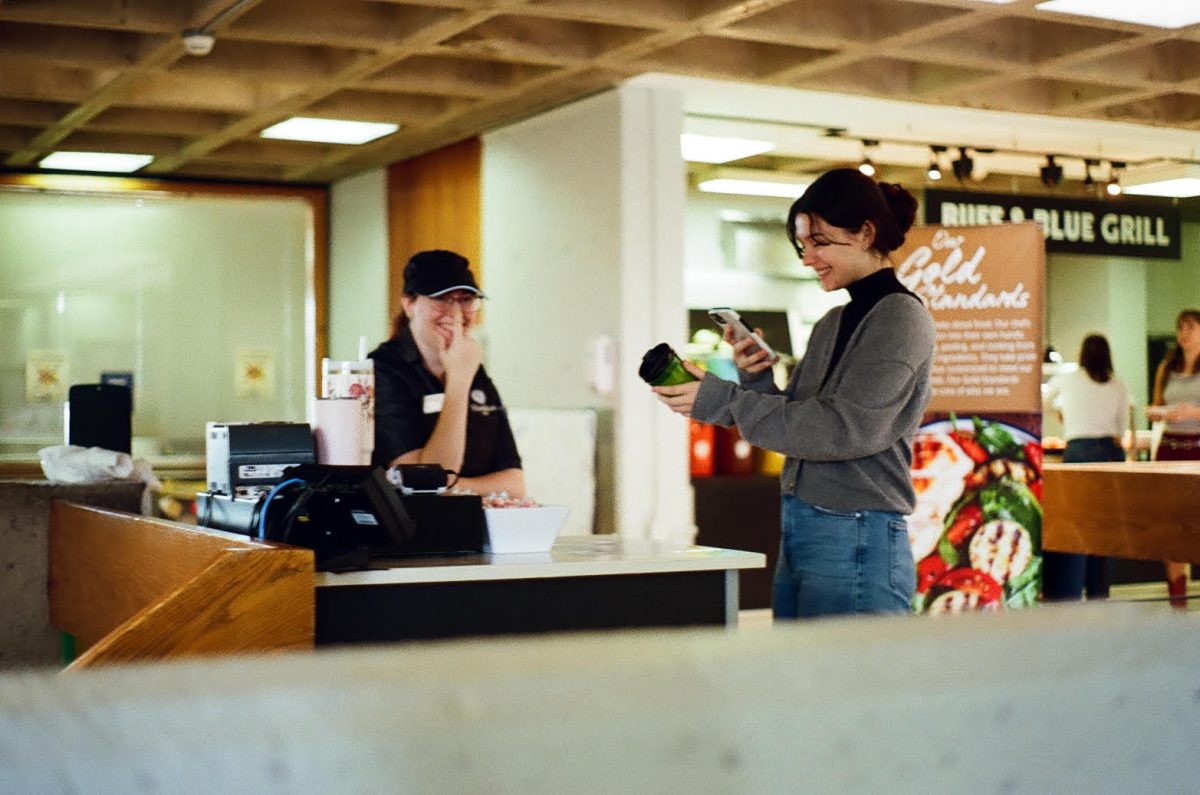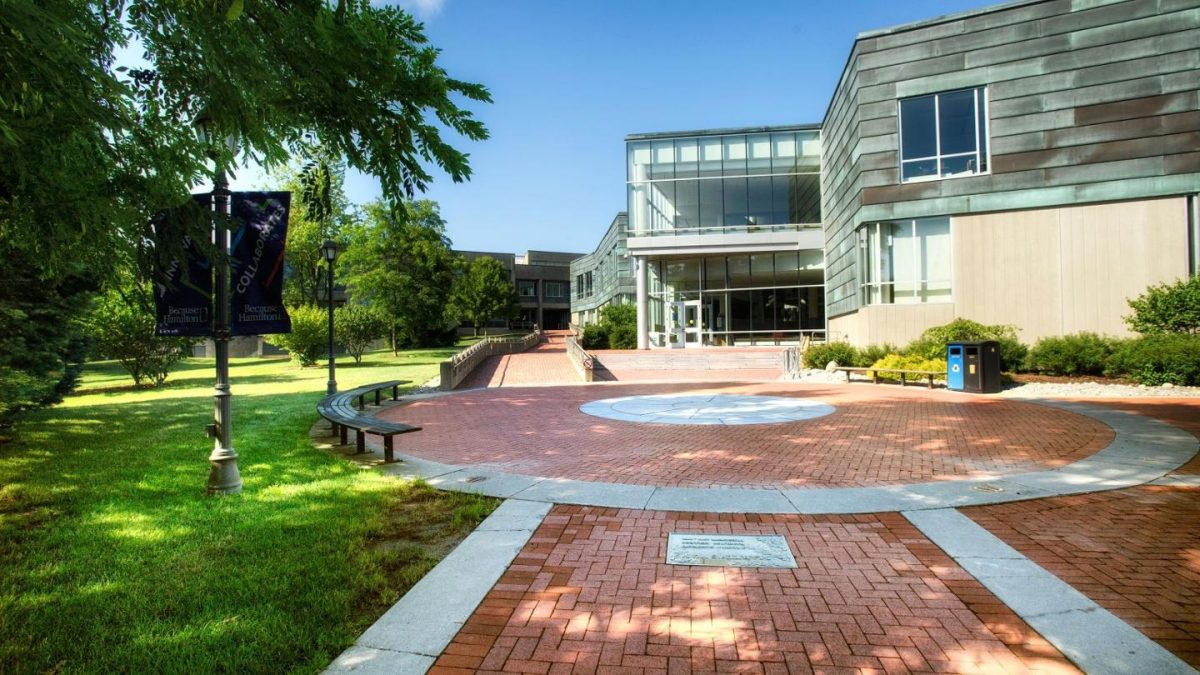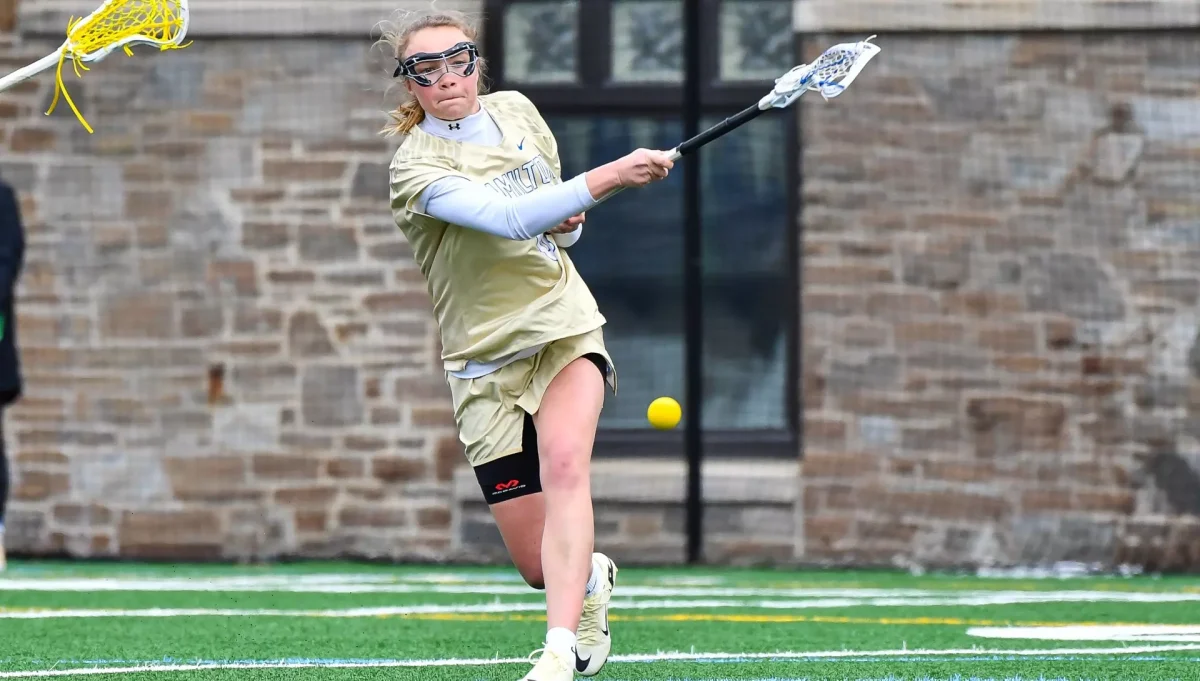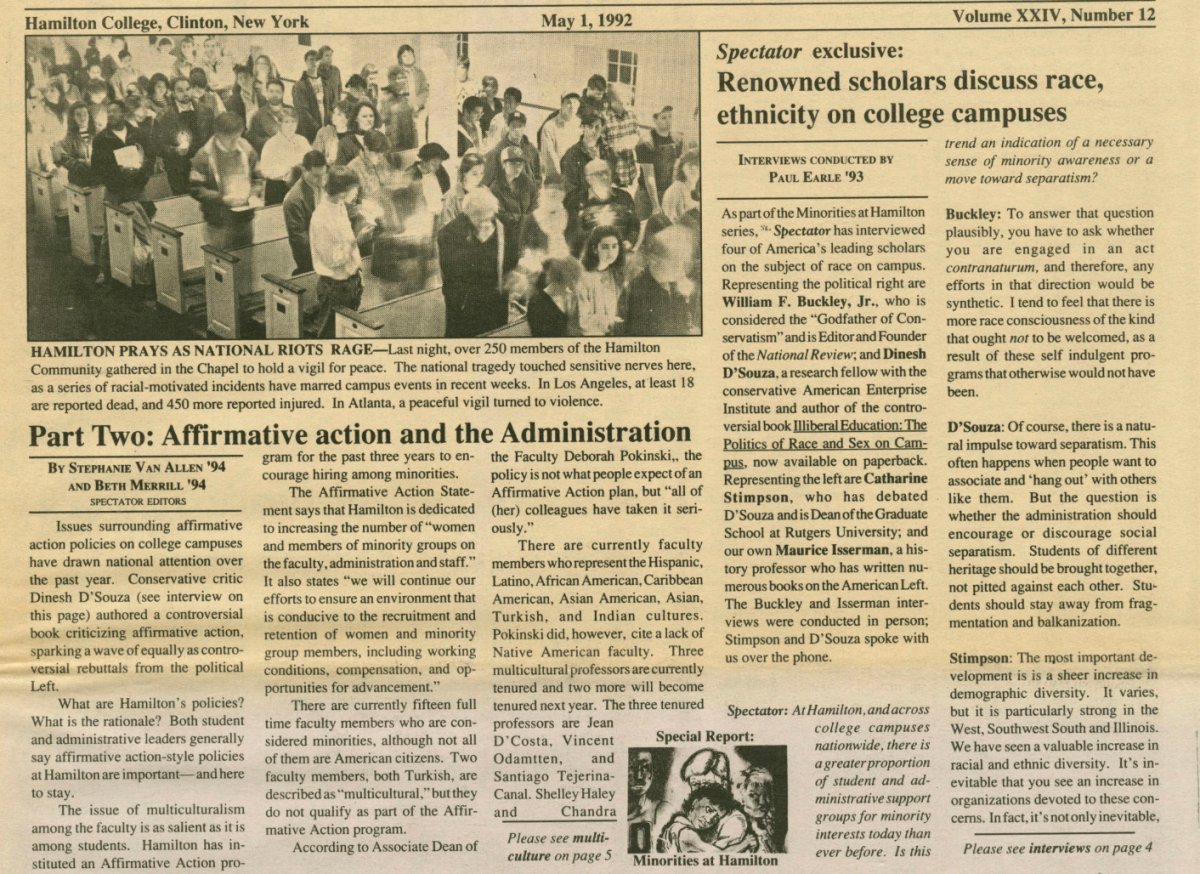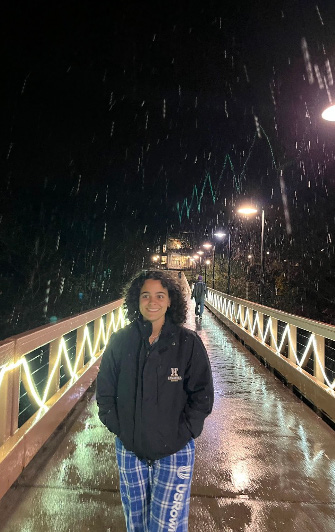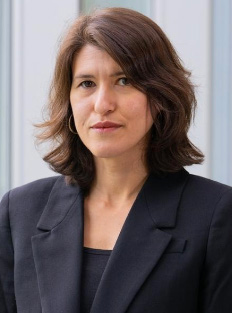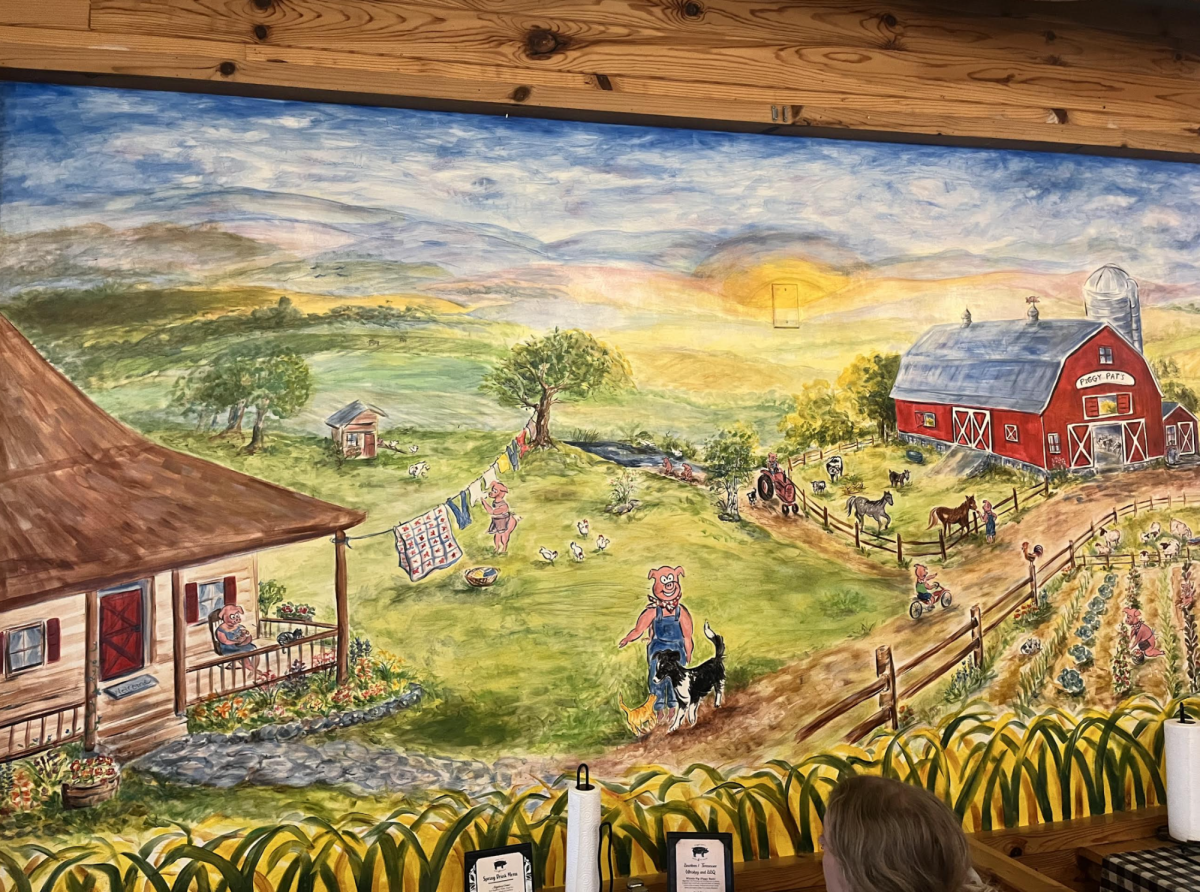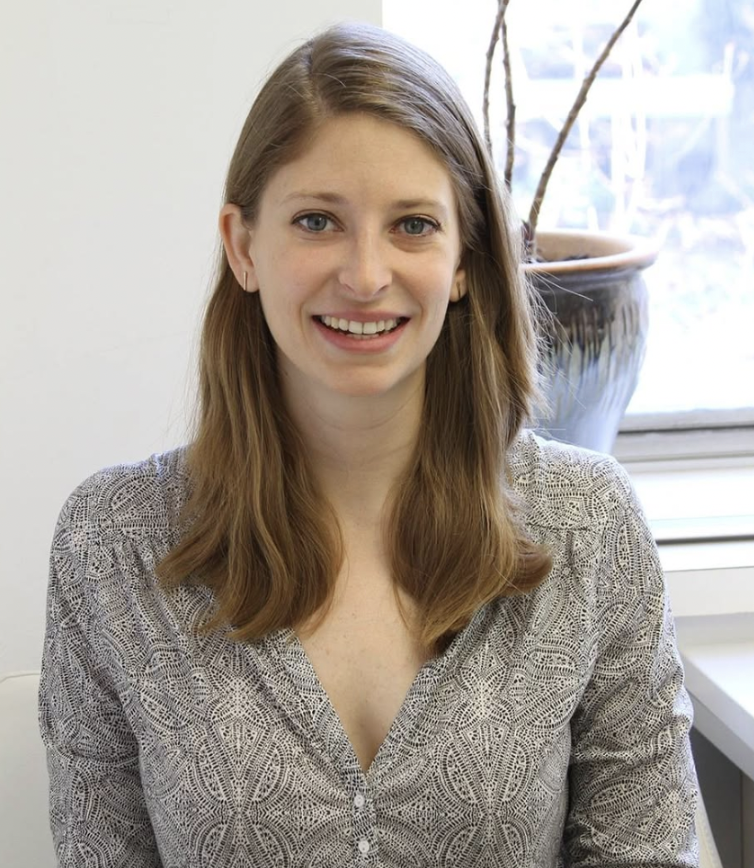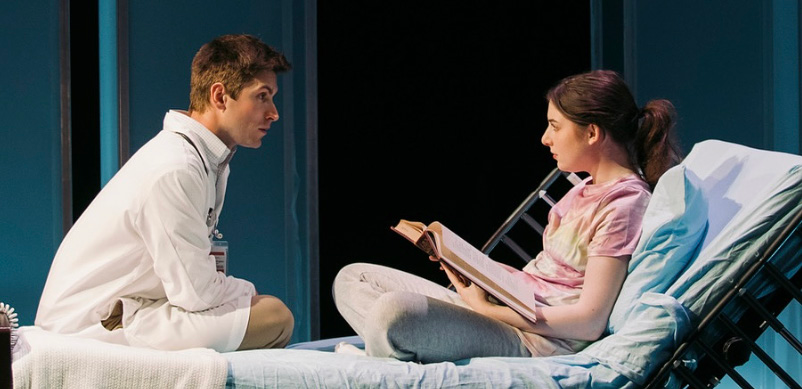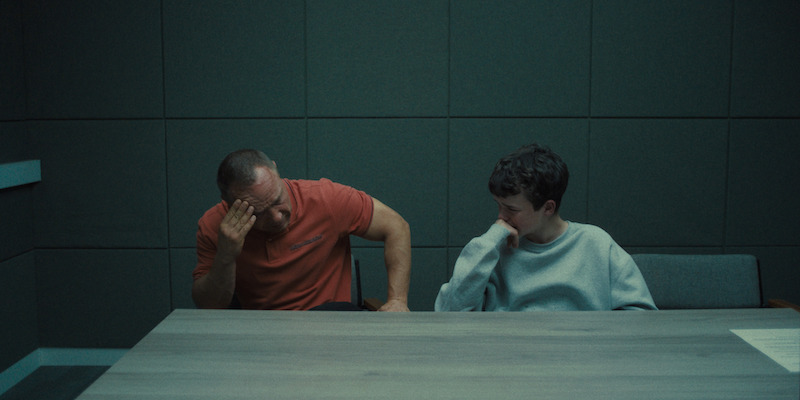
“It’s a fucked up thing,” said Wendy Red Star when referring to dioramas of “native people” on display at the Los Angeles Natural History Museum. What does this suggest about how the museum, or perhaps more broadly, the American people, consider the history of indigenous people when these dioramas are on display directly next to a diorama of a dinosaur? According to artist Wendy Red Star, the diorama’s placement within a nature science museum does not suggest anything positive.
Wendy Red Star grew up on the Crow reservation in southern Montana and identifies as a Crow-tribal member. She is an accomplished interdisciplinary artist and is currently based in Portland, Oregon. On Tuesday, April 14 at 4:30 p.m., Red Star led a lecture with moderator Alexander Jarman on the Wellin Museum’s Instagram Live. During the lecture, she discussed seeing her “material culture” on display at the Natural History Museum. “These people think native people don’t exist and the institution is echoing that through the way that they are exhibiting and displaying these objects,” she said.
Inspired by her experience, Red Star created her four-part work titled
Four Seasons
. In the collection, she photographs herself in traditional Crow dress, posed in four enchanting scenes of nature with each scene representing a season. The scenes are an amalgam of reality and fiction, with Red Star’s authentic garb placed among too-vibrant colors, plastic animals, and artificial plants. The piece seeks to investigate and criticize the American understanding of indigenous people’s culture.
Red Star earned her Bachelor of Arts at Montana State University and her Master of Fine Arts degree at the University of California–Los Angeles. At UCLA, she majored in sculpture, which she believes is the reason her work incorporates so many enthralling dimensions. “I love the physicality of sculpture,” she said. “Even if I’m doing something in 2D like a photo, there is very much a physical nature to it.”
When it comes to starting a piece, Red Star explained that, “stories dictate the medium” that she uses. To best articulate that story, she must decide what is the best vehicle to use, and when it clicks, she calls the sensation “highly addicting.”
Four images from Red Star’s 2014 series titled
1880 Crow Peace Delegation
are currently on display at the Wellin Museum as part of the SUM Artists exhibition. In 2014, she noticed that cultural appropriation was a trending topic of discussion, especially concerning native designs and imagery. After observing images taken by Charles Milton Bell in 1880 of Medicine Crow and other war chiefs to be used in advertisements for brands like Honest Tea, Red Star questioned to what extent these brands had any knowledge of these men. Red Star began to do her own research on Medicine Crow and the Crow men photographed by Bell. She collected research and annotated the photographs in red ink to reveal details of the mens’ personal stories and appearances.
“It was with this research that I started to piece together these histories,” said Red Star. Through this research, she was also able to learn more about her identity as a Crow-tribal member. “I really found it as a grounding process,” she said.
When asked about the significance of the red ink, Red Star explained that she used the color as a symbol of correction, just as it is used by school teachers. In her work, she is correcting the colonial-produced misconstruing of indigenous history.
Red Star expressed that as an artist of color, she used to feel the need to educate others about her community’s marginalized history; a history which has been continuously ignored in the American consciousness. However, as she continued to research and connect more with her indigeneous roots, this burden vanished because she realized that the research she does is important to her and her community, regardless of whether or not it is a trending topic.
Red Star’s art is grounded in the stories and information she draws from her research, a process that has forced her to reevaluate her own understanding of Crow culture and history. She explains, “A lot of these preconceived notions and tight boundaries that I’ve made up of what a Crow person is or what Crow culture is have been dismantled when I look into archives.” This process of reevaluation and questioning is the foundation of Red Star’s practice. When asked what she wants viewers to take away from her art, she said “I hope that the audience walks away having their own questions.”
Unfortunately, the Wellin is presently closed due to safety concerns about coronavirus, so students cannot see her work in person. However, current circumstances have not halted Red Star’s work. “Artists are really good in situations like this,” said Red Star.
While in isolation, Red Star is using the information provided by programs like Ancestry about her personal family history to fuel a new project. She encourages all artists to use their skills of creative problem solving to stimulate artistic experimentation during this time.
Images from
1880 Crow Peace Delegation
are currently on display at the Wellin Museum in Clinton, New York. While the museum is closed, you can view photographs of the exhibition virtually on the museum’s website. Images from
Four Seasons
can be found on art gallery websites like the Metropolitan Museum of Art website.


